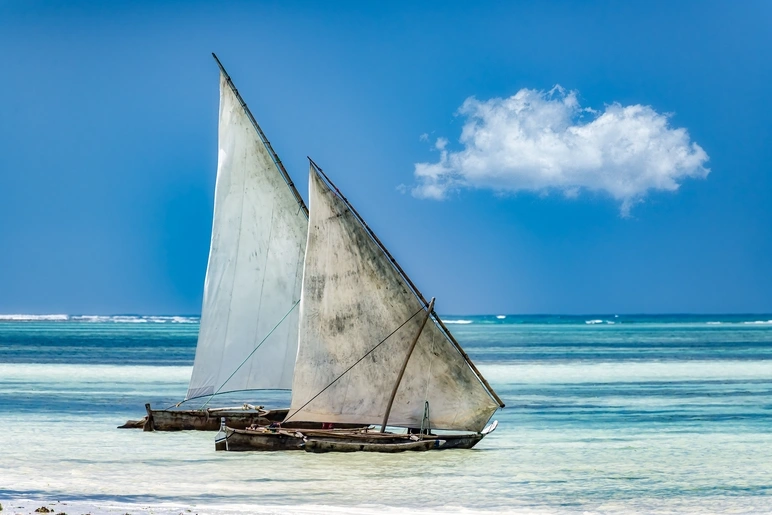
The international travel guide, Fodor’s Travel, has released its “No List 2026”, featuring eight destinations that travellers are urged to avoid temporarily.
Disclaimer: this list doesn’t encourage boycott, rather an appeal for tourists to give these places space to recover from the pressures of overtourism and to safeguard environmental and community sustainability. It’s also an effort to encourage the exploration of alternative destinations better equipped for tourism, while supporting local efforts to promote sustainability.
Fodor’s further emphasises that uncontrolled tourism growth has damaged ecosystems in nearly all destinations that rely heavily on the industry. Local communities, it notes, are struggling to adapt to environments transformed by tourism.
The No List is released annually. Last year, Bali topped the list due to extreme overtourism, with 5.3 million international visitors in 2023 generating an estimated 303,000 tons of plastic waste along its coastlines.
Below are the destinations included in the 2026 edition, along with the main reasons behind their designation.
Canary Islands, Spain
A rapid surge in tourism has led to severe traffic congestion, soaring housing prices, and extensive environmental degradation. Mass tourism has jeopardised natural resources, including water supplies, while an estimated 100 million litres of untreated waste pollute the coastline daily. Existing regulations haven’t effectively curbed overtourism, and local residents report losing cultural identity amid economic interests dominated by large investors.
Glacier National Park, Montana, USA
Glacier National Park faces existential threats from climate change, which is accelerating the melting of its glaciers and damaging local ecosystems. Tourism fuelled by the “last chance” mentality has intensified traffic congestion, pollution, and disruptions to wildlife habitats. Despite management efforts, the impacts of mass tourism—exacerbated by environmental pressures—continue to outpace regulatory measures. Infrastructure limitations and escalating ecological risks make this destination increasingly recommended for avoidance to protect its long-term sustainability.
Isola Sacra, Italy
A major port development project on Isola Sacra poses serious risks to its vulnerable coastal ecosystem, including shoreline erosion, pollution, and destruction of protected areas. Local residents have voiced strong opposition, concerned about both environmental and cultural impacts. Inadequate local infrastructure heightens the likelihood of congestion and pollution from rising cruise traffic. These challenges raise substantial questions about the island’s sustainability as a tourist destination.
Jungfrau Region, Switzerland
The Jungfrau region in the Alps is under heavy pressure from mass tourism that has caused congestion, environmental degradation, and social tension with local communities. Climate change threatens the region’s iconic glaciers, while housing shortages worsen as property owners increasingly opt for short-term rentals via platforms like Airbnb instead of long-term leases to local residents.
Mexico City, Mexico
Mexico City is experiencing a cultural and social crisis driven by gentrification and a boom in short-term rentals. The influx of foreign tourists and remote workers has displaced local residents, inflated rental prices, and eroded community character. These socioeconomic inequalities have heightened social tensions, making the city feel less welcoming and prompting some to reconsider it as a destination.
Read also: Unfolding Día de los Muertos: Reuniting Living and Dead

Mombasa, Kenya
The coastal city of Mombasa is grappling with overtourism that has led to severe environmental issues, such as beach and marine pollution caused by inadequate waste management. Overcrowding, traffic congestion, and safety concerns—alongside limited data on sustainable visitor capacity—are contributing to its declining appeal among tourists.
Montmartre, Paris, France
Montmartre is facing the consequences of overwhelming tourist numbers, which have driven up property prices, congested streets, and eroded the area’s cultural character. Local residents increasingly feel that the neighbourhood has become uninhabitable, as city policies prioritise tourism-related business over community needs. Concerns about losing authenticity and identity have caused some travellers to avoid Montmartre altogether.




 Mirella Pandjaitan
Mirella Pandjaitan
 Nov 27, 2025
Nov 27, 2025